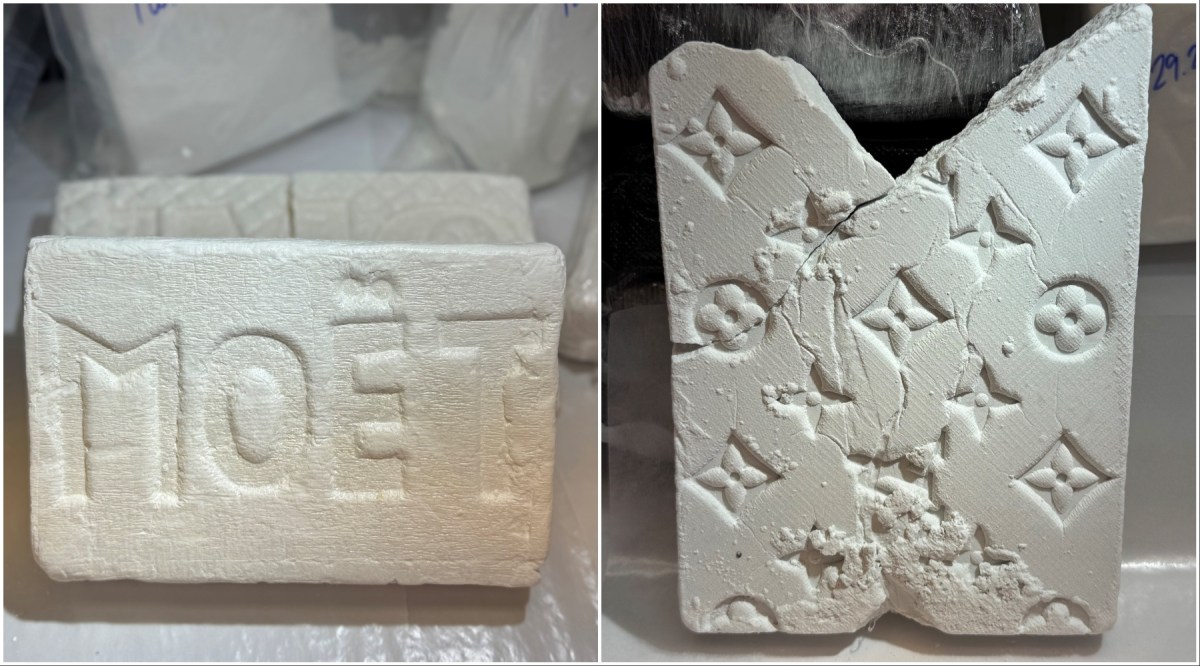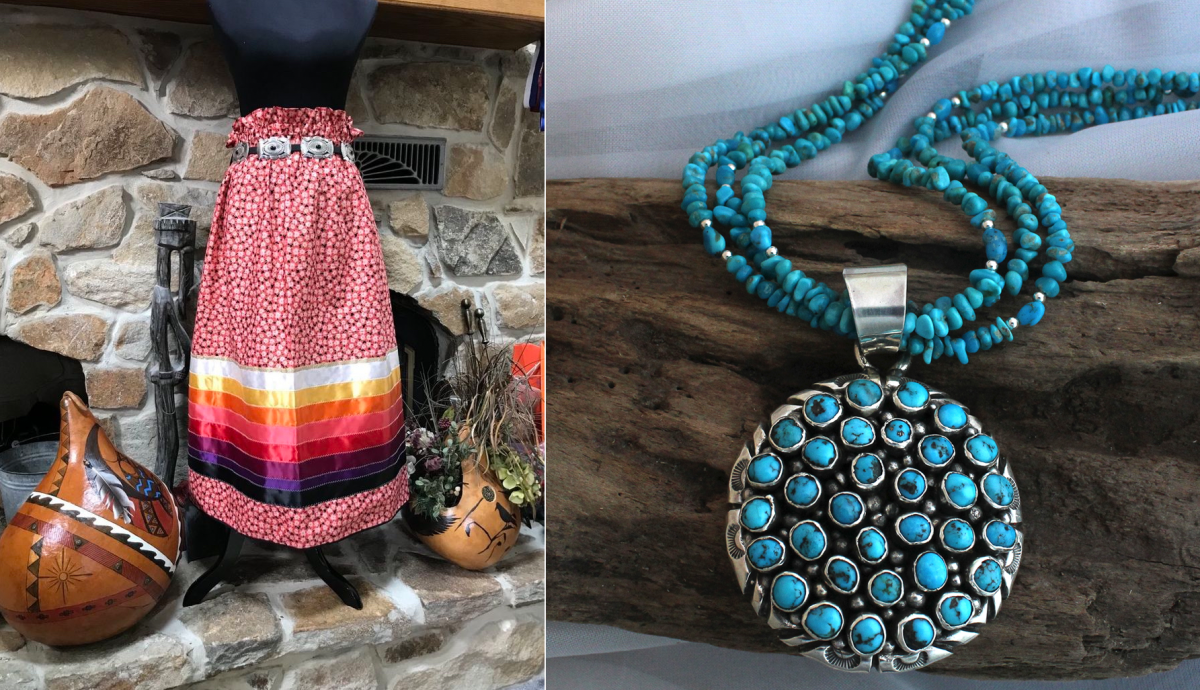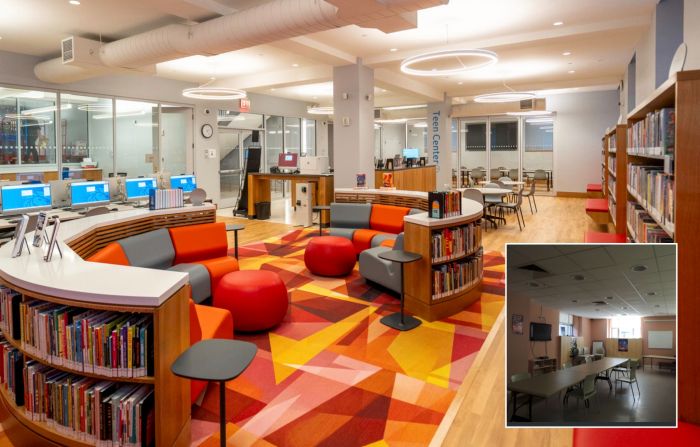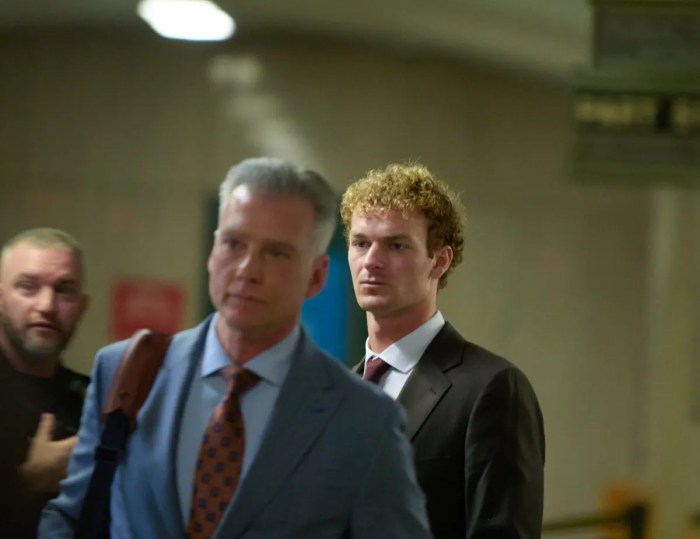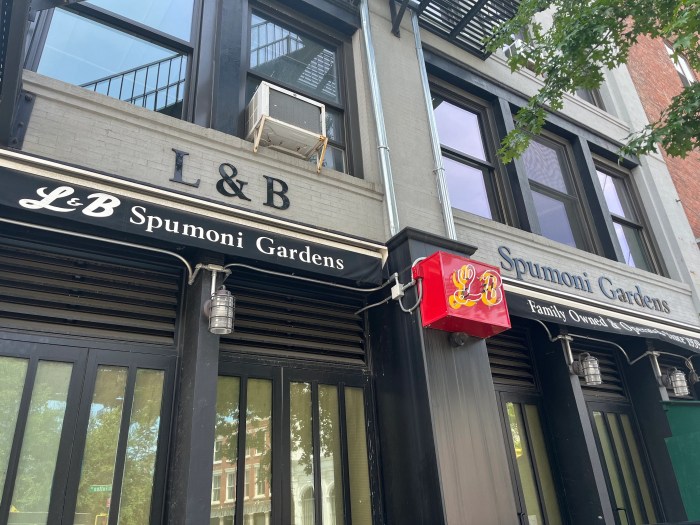Much like last year, COVID-19 cases are steadily increasing across New York City as the weather turns colder and activities move inside — with hundreds of new infections reported in the first week of December.
The latest city Health Department data indicated that 37 communities registered 100 or more new COVID-19 cases between Dec. 1 and 7. It’s further evidence of the latest COVID-19 wave to hit the city, prompting a new round of vaccine and mask mandates from Mayor Bill de Blasio and Governor Kathy Hochul last week.
COVID-19 is exploding in particular on Staten Island; the transmission rate there (352 cases per 100,000 residents) is nearly twice as high as the citywide figure (198.72 per 100,000 residents), and two communities adjacent to each other combined for more than 400 new infections in a week’s time.
Bloomfield/Fresh Kills Park (ZIP code 10314) led all New York City neighborhoods with 242 new COVID-19 cases between Dec. 1-7, followed closely behind by Annadale/Rossville (10312), which had 185 new infections. The areas’ 7-day positivity rates were also extremely high: 6.65% for Annadale/Rossville, 6.56% for Bloomfield/Fresh Kills Park.
Next to these communities lies the area of Tottenville (10307), the southwestern most point of New York City, which rocketed to the top of the 7-day positivity list with an 8.28% infection rate between Dec. 1-7. Approximately 55 new infections were recorded there.
The second-highest positivity rate in the city was also on Staten Island, in Great Kills (10308). The neighborhood registered a 7.89% rate with 102 new cases detected.
Two other Staten Island areas ranked among the 15 New York City communities with the highest 7-day positivity rates: Charleston/Prince’s Bay/Woodrow (10309), which had a 7.42% positivity rate and 132 new cases; and Midland Beach/New Dorp/Oakland (10308), which had a 6.21% rate and 148 new infections.

While COVID-19 runs wild on Staten Island, the virus is also creeping up in Queens, which logged the second-highest transmission rate at 203.3 cases per 100,000 residents.
Glendale/Ridgewood (11385) had the fourth-most new infections between Dec. 1-7, with 162 cases, good for a 4.9% 7-day positivity rate.
Seven Queens areas were among the 15 areas with the highest 7-day positivity rates. Middle Village (11379, 7.36%, 102 new cases) was the lone community outside Staten Island with a rate above 7%. That was followed closely behind by Howard Beach/Hamilton Beach/Lindenwood (11414), which registered a 6.99% 7-day positivity rate and 72 new cases.

While health officials continue to encourage New Yorkers to get vaccinated and booster shots, the fact remains that COVID-19 is thriving in areas where not as many residents have been fully vaccinated against the virus.
The 10 communities which had the most new COVID-19 infections between Dec. 1-7 also had fully vaccinated rates below 75%. East Williamsburg/Williamsburg, Brooklyn (11211) had the third-highest total number of new cases at 172, and their fully vaccinated rate, as of Dec. 12, stood at 55%. Approximately 61% of the community’s 101,667 residents have received at least one dose of the vaccine.

As for the 10 areas with the highest positivity rates between Dec. 1-7, all but three of them had fully vaccinated rates under 70%. Tottenville, which boasted the highest of positivity rates, has a fully vaccinated rate of 57%, with 61% of its 14,912 bothering to get at least the first dose of the vaccine.

Although the recent focus of COVID-19 news has been on the Omicron variant, it appears the Delta variant continues to be the primary driving factor behind new COVID-19 cases. The city’s Health Department reported that 98% of all tested cases were positive for the Delta variant — meaning that if you tested positive for COVID-19 recently, chances are you got that version of the contagion.
And COVID-19 continues to find and sicken the unvaccinated at a rate far, far higher than vaccinated New Yorkers, the city Health Department noted.
As of Nov. 27, the agency reported 487.91 cases per 100,000 residents among the unvaccinated, and just 60.46 cases per 100,000 residents among the vaccinated. The unvaccinated rate was about three times higher than the citywide infection rate at the time.













